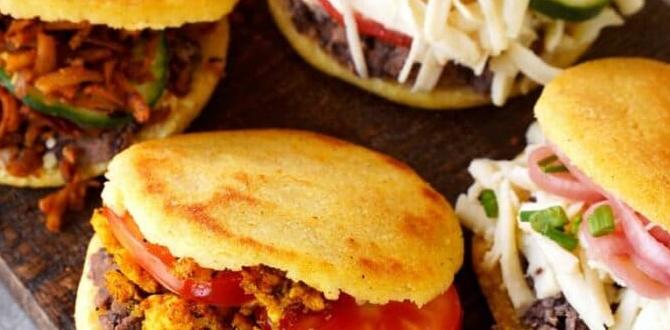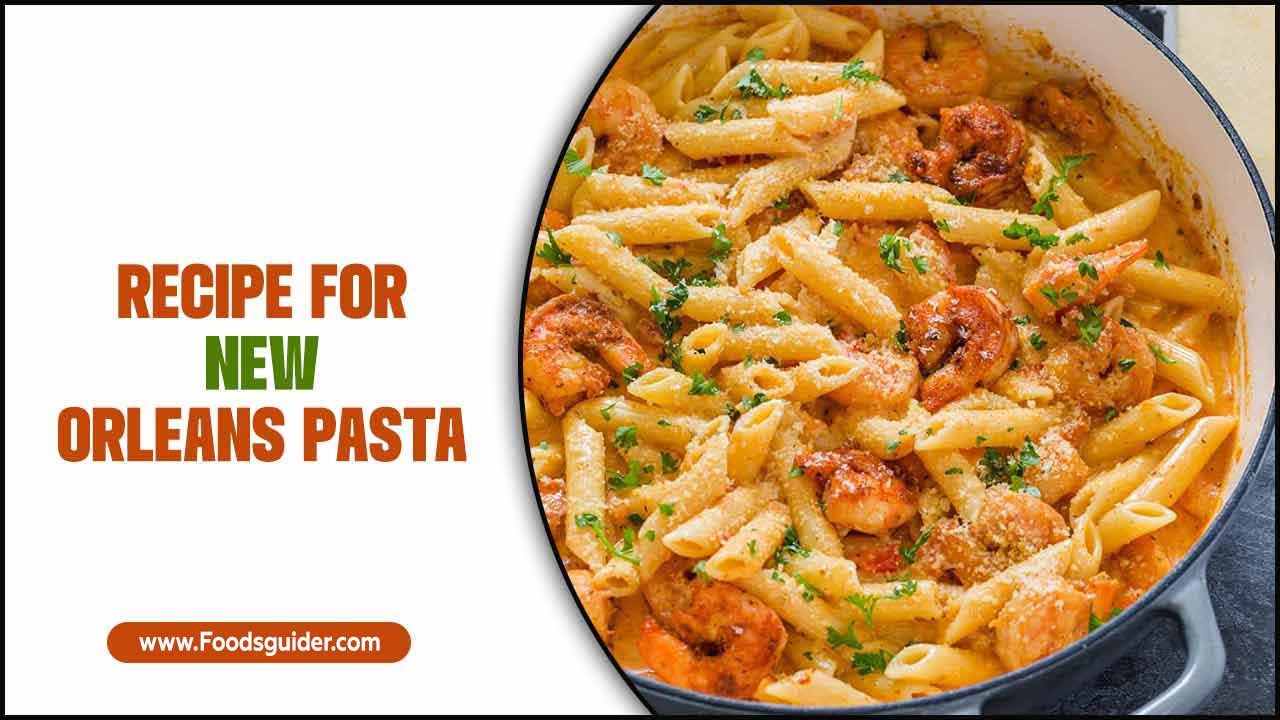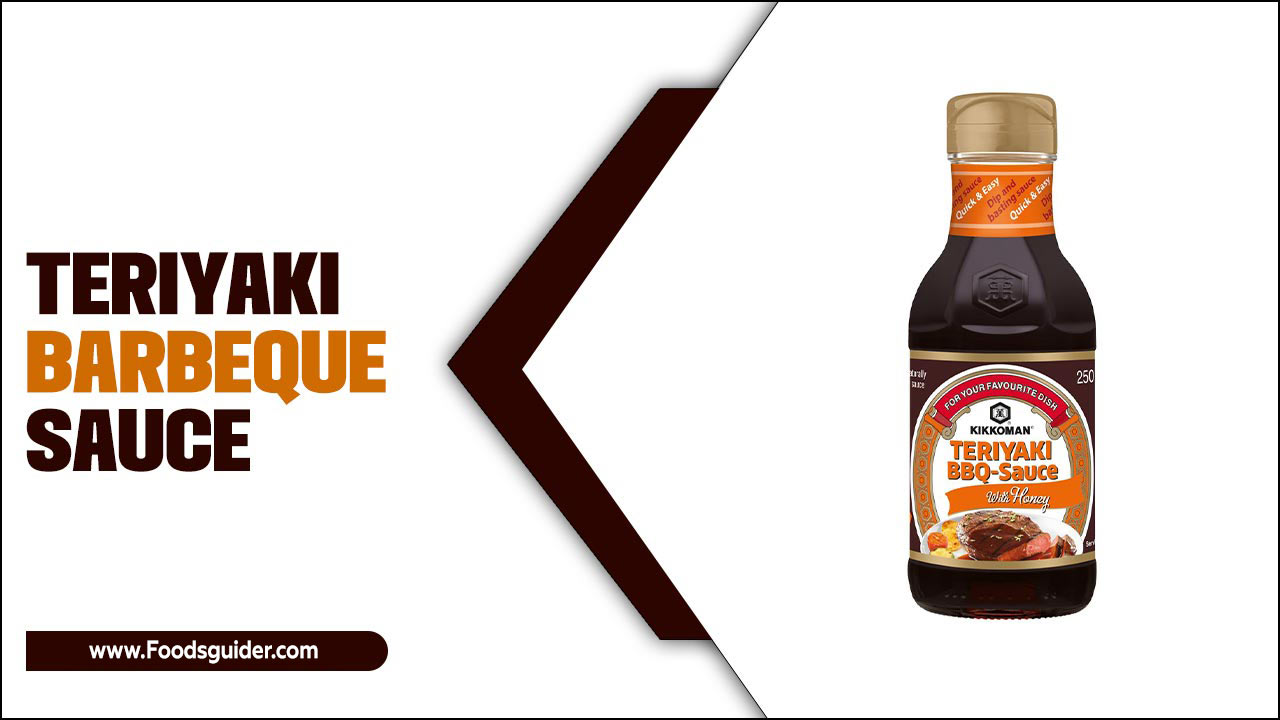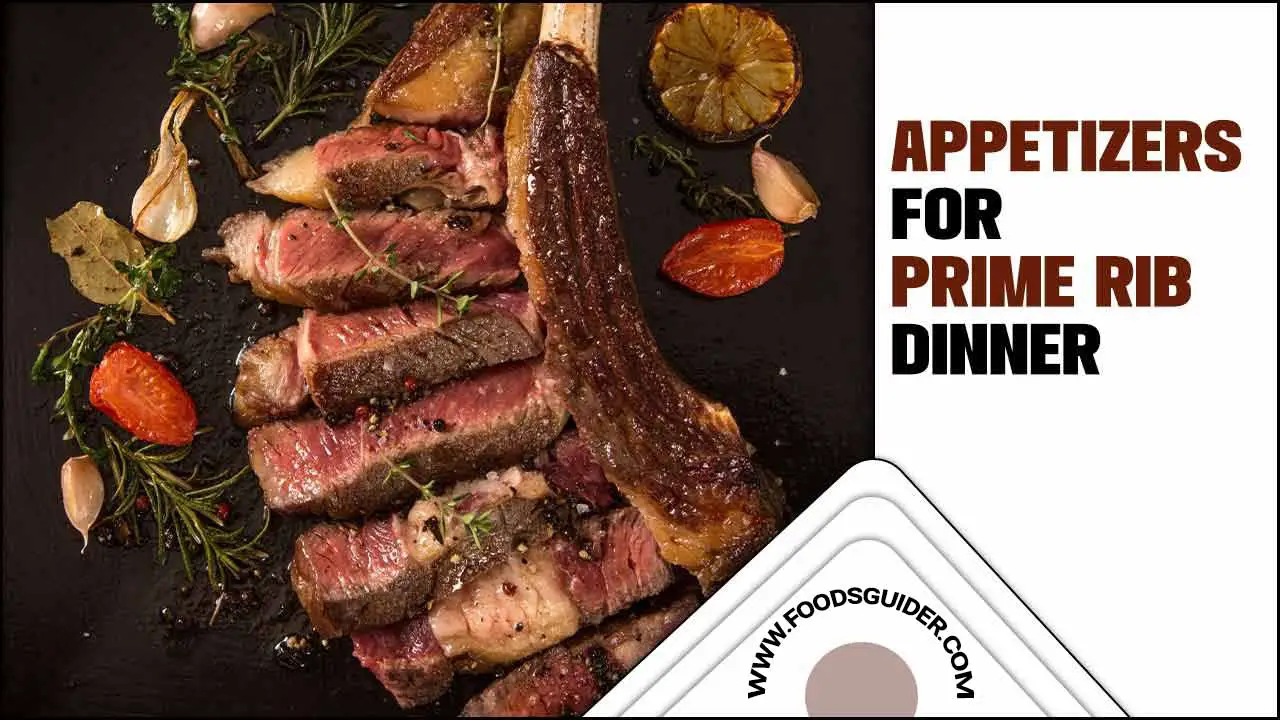Inflight Dining Hacks: Best Foodie Secrets to Elevate Your Airplane Meals and Make Every Bite Delicious!
Ever found yourself staring at a pre-packaged airline meal, wishing for something a little more exciting? You’re not alone! For many of us, airplane food has a reputation for being bland or uninspired. But what if I told you that with a few clever tricks, you could transform your inflight dining experience from forgettable to fantastic? Get ready to unlock the secrets of savvy travelers and turn your next flight into a culinary adventure. We’ll explore simple hacks that will help you enjoy delicious food, even at 35,000 feet!
Unlock Your Inner Inflight Foodie: The Ultimate Guide to Airplane Meal Hacks
As Joseph Bryant here from FoodsGuider, I’m all about making food an adventure, even when that adventure involves a tiny tray table and a recirculated cabin. Airplane meals don’t have to be a culinary compromise. With a dash of preparation and a sprinkle of insider knowledge, you can significantly boost the flavor and enjoyment of your food at cruising altitude. Forget sad sandwiches and mystery entrees; we’re about to dive into the best foodie secrets for inflight dining success.
Why Your Palate Plays Tricks on the Plane
Before we get to the hacks, let’s understand why airplane food often tastes… well, different. The combination of dry cabin air, low pressure, and noise can significantly dull your taste buds. Studies have shown that our sense of taste can be affected by these conditions. The low humidity makes it harder for our olfactory receptors to pick up scents, which are crucial for experiencing flavor. The ambient noise levels can also interfere with how we perceive sweetness and saltiness. It’s a scientific fact: your taste buds are fighting an uphill battle in the sky!
But don’t despair! Knowing this gives us a superpower: we can strategically amplify flavors to cut through the dullness. Think of it as prepping your taste buds for the unique environment of an airplane. We’ll focus on bringing bold, vibrant flavors that can stand up to the challenges of high-altitude dining.
Pre-Flight Preparations: The Foundation of Flavor
The best inflight dining starts long before you even board the plane. Being prepared is your secret weapon. It’s about making smart choices and packing a few essentials that will make a world of difference to your meal.
1. Hydration is Key (and Flavorful!)
As mentioned, dry air is a flavor killer. Staying hydrated is paramount, not just for your well-being but for your taste buds. Before you even think about food, focus on drinking plenty of water. But why stop at plain water?
- Infuse Your Water: Bring a reusable water bottle and ask the flight attendants to fill it with ice and water. You can pack a small zip-top baggie with lemon, lime, cucumber, or mint slices to add a refreshing twist. This simple addition can awaken your senses.
- Herbal Teas: If you have a special diet or prefer a warm drink, consider bringing your favorite herbal tea bags. Most airlines are happy to provide hot water. A calming chamomile or invigorating peppermint tea can be a pleasant change.
2. Pack Smart Snacks: Elevating Your Own Choices
While airlines provide meals, savvy travelers know that bringing your own snacks is where the real magic happens. You have control over flavor, quality, and even dietary needs. Think beyond the typical chip bag!
- Spicy & Savory: Pack items with a punch! Nuts (spiced almonds, roasted cashews), jerky (beef, turkey, or even plant-based), or biltong are great options. The salt and spice will cut through the blandness.
- Umami Bombs: Dried seaweed snacks (nori), olives, or sun-dried tomatoes are packed with savory goodness that the cabin environment often masks.
- Fresh & Zesty: A small piece of lime or lemon wrapped in foil can be a game-changer. Squeeze it over your airline meal or your own snacks for an instant flavor boost.
- Crunchy Goodness: Pretzels, crispy roasted chickpeas, or even rice crackers offer satisfying texture.
- Sweet Endings: A small packet of dried fruit mix or a piece of dark chocolate can satisfy your sweet tooth without being overly processed.
Pro Tip: Always check the TSA guidelines for permissible food items when flying, especially if you’re bringing liquids or gels.
3. The Power of Condiments: Your Flavor Arsenal
This is one of the most effective inflight dining hacks. Airlines often provide salt and pepper, but they are usually quite basic. Bringing your own favorite condiments can revolutionize your meal.
- Mini Hot Sauce: A tiny bottle of your favorite hot sauce is a must-have for spice lovers. Sriracha, Tabasco, or a gourmet chili oil can add serious heat and flavor.
- Gourmet Salt & Pepper: Pack a small travel-sized salt and pepper grinder with your preferred blends. Think truffle salt, smoked sea salt, or chili-infused pepper.
- Lemon Pepper Seasoning: A small shaker of this versatile blend works wonders on chicken, fish, or even salads.
- Soy Sauce or Tamari Packets: If you’re having a rice dish or plain chicken, a few soy sauce packets can add significant depth.
- Spice Blends: A tiny jar of your favorite spice mix (like everything bagel seasoning or a Moroccan blend) can transform plain food.
Remember to pack these in clear, resealable bags to prevent leaks. For TSA compliance, liquid condiments should be under 3.4 ounces (100 ml) and placed in your quart-sized bag.
Maximizing Your Airline Meal: Hacks for What They Serve
Even if you don’t bring extensive snacks, there are ways to improve the airline-provided meal. It’s all about technique and a little bit of creativity.
1. The Art of Reheating
Airline meals are typically reheated. If you have control over how your meal is presented (e.g., if it’s served slightly cool), you can improve its texture and perceived flavor. Don’t be shy about asking for your meal to be reheated if it’s not to your liking. A slightly warmer meal often tastes better.
2. Strategic Condiment Application
This is where your pre-packed goodies come into play. Don’t dump them all in at once. Think strategically:
- Sauce on the Side: If your meal has a sauce, ask for it on the side if possible. This allows you to control the amount and prevents the main dish from becoming soggy.
- Layer Your Flavors: Add your hot sauce, spices, or lemon juice sparingly. Taste as you go. A little goes a long way, especially in the muted environment of the cabin.
- Enhance the Sides: If your meal includes a bland bread roll or salad, use your condiments to liven them up. A dash of hot sauce on the roll or extra pepper on the salad can make a difference.
3. Texture is Your Friend
Airplane food can sometimes be mushy. Bringing crunchy elements from your own snacks can provide a welcome contrast. Think about adding some roasted chickpeas to a stew or some crunchy nuts to a salad. The textural contrast enhances the overall eating experience and makes the meal more interesting.
4. Don’t Forget Your Utensils!
While airlines provide plastic cutlery, some found it to be flimsy. If you’re serious about your inflight dining, consider packing a lightweight, reusable travel cutlery set. It’s more robust and environmentally friendly.
Advanced Inflight Dining: For the Serious Foodie
Ready to take your inflight dining to the next level? These advanced tips are for those who see every meal as an opportunity for deliciousness.
1. Pre-Order, Pre-Order, Pre-Order!
Many airlines offer special meal options when you book your flight. This is a fantastic way to guarantee a better meal, especially if you have dietary restrictions.
- Dietary Meals: Options like vegetarian (V), vegan (VGML), gluten-free (GFML), kosher (KSML), and halal (HLML) are often more thoughtfully prepared than the standard meals.
- Gourmet Options: Some airlines allow you to purchase upgraded meals in advance, which can range from steak dinners to more sophisticated vegetarian dishes. These often use higher quality ingredients.
Check your airline’s website at least 24-48 hours before your flight to see available pre-order options. This is a crucial step for anyone planning to eat well on their flight.
2. The “Deconstructed” Meal Strategy
Sometimes, your airline meal might come with components that don’t immediately seem to belong together. Think of yourself as a chef and deconstruct the meal. For instance, if you have a plain piece of chicken and a side of rice:
- Separate them on your tray.
- Season the chicken with your travel spices.
- Flavor the rice with a dash of soy sauce or a sprinkle of herbs.
- Combine them on your fork as you eat, or mix them on the plate.
This technique allows you to control the flavor profile of each component individually before combining them for the perfect bite.
3. Leveraging Your Cabin Class
While not everyone flies first class, it’s worth noting that seating often dictates dining quality. Even in premium economy, you might find better meal options or more attentive service regarding food. If you have the option, and it’s within your budget, consider upgrading your seat for a better culinary experience.
4. The Power of Social Media and Airline Reviews
Before your flight, do a quick search for recent reviews of the airline’s food service on your specific route. Food blogs and travel forums often have up-to-date information. Knowing what to expect, and what to ask for, can save you from disappointment.
Essential Tools for Your Inflight Culinary Kit
To truly master inflight dining, a few well-chosen items can make a big difference. These aren’t elaborate gadgets, but simple things that enhance your meal.
| Item | Purpose | Why it’s Great for Flights |
|---|---|---|
| Reusable Water Bottle | Hydration, carrying infused water | Can be filled after security, eco-friendly. Helps combat dry cabin air which dulls taste. |
| Small Zip-Top Bags | Portioning snacks, organizing condiments | Keeps items fresh and prevents leaks. Essential for carrying small amounts of spices. |
| Travel Condiment Bottles (under 100ml) | Carrying your favorite sauces, dressings | Allows you to bring potent flavor boosters like hot sauce or olive oil. Must comply with TSA liquid rules. |
| Mini Spice Grinder/Shaker | Freshly ground pepper, custom spice blends | Adds a much more potent aroma and flavor than pre-ground options. |
| Travel Cutlery Set | Durable, reusable eating utensils | More effective than flimsy plastic cutlery, better for the environment. |
| Small Napkins/Wipes | Cleanliness, quick wipe-downs | Essential for keeping your tray table and hands clean. |
Sample Inflight Meal Makeover: A Case Study
Let’s imagine a typical economy class meal: a roasted chicken breast with mashed potatoes and a side salad, served with a bread roll.
| Original Item | Potential Flavor Enhancements | Resulting Flavor Profile |
|---|---|---|
| Roasted Chicken Breast | Sprinkle with lemon pepper seasoning; add a small dot of hot sauce before eating. | Bright, zesty, and slightly spicy chicken that cuts through dryness. |
| Mashed Potatoes | Add a pinch of garlic powder or a tiny bit of your preferred salt/pepper blend. | Savory, well-seasoned potato mash – a comforting staple. |
| Side Salad | Use your own small packet of olive oil and vinegar (if allowed and pre-portioned) or just add extra black pepper. Suggestion: A few olives from your snack bag would also be great. | A crisp, peppery salad with added umami from olives. |
| Bread Roll | Spread with a tiny bit of butter and sprinkle with your favorite herb blend or a hint of chili flakes. | A warm, flavorful bite with a subtle kick. |
By applying a few simple tricks, the same meal becomes significantly more appetizing and enjoyable. It’s about making informed choices and using your packed flavor boosters strategically.
Frequently Asked Questions about Inflight Dining Hacks
Here are some common questions travelers have about making their airplane meals better.
Q1: Can I bring my own food on a plane?
Yes, you can! You’re generally allowed to bring solid food items in your carry-on or checked luggage. Just be mindful of TSA regulations regarding liquids, gels, and aerosols if you’re packing things like sauces or dips. For international flights, check the destination country’s rules on bringing in food items.
Q2: What are the best snacks to bring on a long flight?
The best snacks are those that are non-perishable, easy to eat, and packed with flavor. Think nuts, dried fruits, jerky, protein bars, crackers, and cookies. Avoid anything too crumbly or that has a strong odor that might bother other passengers.
Q3: How can I make bland airline food taste better?
The most effective way is to bring your own potent flavor enhancers. Small bottles of hot sauce, mini shakers of seasoned salt or pepper blends, lemon pepper seasoning, or even a tiny container of pre-mixed spices can dramatically improve taste. Also, remember that staying hydrated significantly helps your taste buds.
Q4: Are airline special meals worth it?
Often, yes! Special meals (like vegetarian, vegan, or gluten-free) can be more carefully prepared and use fresher ingredients than the standard meals, especially in economy class. They are also essential for those with dietary restrictions. Always pre-order at least 24 hours in advance.
Q5: What’s the deal with taste buds on airplanes? Why does food taste different up there?
The combination of dry cabin air, low humidity, and changes in air pressure significantly affects your senses. Low humidity makes it harder for your nose to detect aromas, which are crucial for flavor. The cabin noise can also suppress your perception of sweetness and saltiness. It’s a scientific phenomenon that your taste buds aren’t at their peak performance at cruising altitude.
Q6: Is it okay to ask flight attendants for extra salt, pepper, or condiments?
Absolutely! Flight attendants are there to help. While they may only have standard salt and pepper packets, they can usually offer extras if available. However, bringing your own trusted favorites is a more reliable way to ensure you have the flavors you enjoy.
Q7: How can I avoid feeling dehydrated on a flight?
Besides drinking plenty of water, as mentioned, you can also limit alcohol and caffeine consumption, as they can contribute to dehydration. Applying a good moisturizer and lip balm can also help combat the drying effects of the cabin air, indirectly improving your overall comfort and sensory experience.
The Final Bite: Enjoying Your Journey, One Delicious Meal at a Time
Traveling doesn’t mean you have to sacrifice good food. With these inflight dining hacks, you’re armed with the knowledge to elevate your airplane meals from a necessary evil to a genuinely enjoyable part of your journey. From precise hydration and smart snack choices to strategic condiment use and pre-flight planning, every step contributes to a more flavorful experience.
Remember, the goal isn’t to replicate a five-star restaurant meal at 35,000 feet, but to make your time in the air more pleasant and flavorful. A little preparedness goes a long way. So, pack your favorite spices, keep that water bottle filled, and get ready to become a pro at inflight dining. Happy travels and even happier eating!






